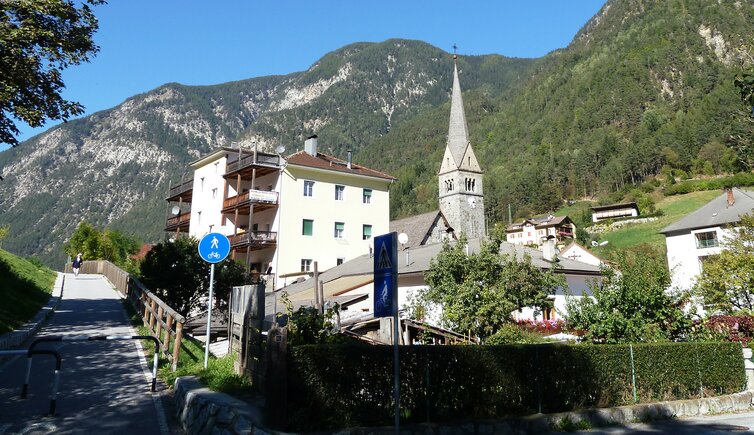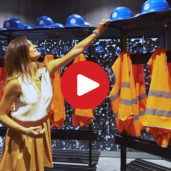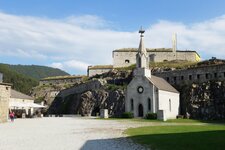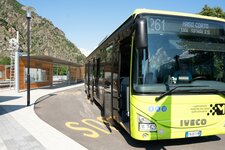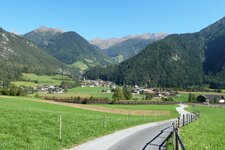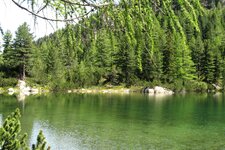Unveiling the secrets surrounding the turquoise reservoir of Fortezza, created in the Thirties
Image gallery: Fortezza village
The Fortezza Fortress rises majestically between the Valle Isarco valley and its upper part, called Upper Valle Isarco. Serving as one of the South Tyrol Regional Museums, the fortress is open almost year-round. Its car park bustles with activity, while inside, a labyrinth of corridors, stairways, and chambers winds through the rock, expertly narrating the story of the Fortezza Fortress and its surroundings. Special exhibitions and events, such as the WOMENfortress, the FORT biennial arts festival, the Family Sunday, and techno concerts, enrich the programme.
Following the elongated reservoir - a regional enhancement project - northwards, past the benches along the shore, you reach the railway station where the Brennero and Val Pusteria railway lines intersect. A short distance further on lies the village of Fortezza (Franzensfeste Dorf), the municipality's main centre, clustered around the Sacred Heart of Jesus Parish Church.
Town hall, fire station, shops - you'll find everything you need here. For over a century, a small obelisk has marked the intersection of a degree of latitude and a meridian. Where the Valle Isarco, Upper Valle Isarco, and Val Pusteria valleys meet, there's no shortage of things to do.
Cycle paths lead in all directions, inviting you to explore South Tyrol on two wheels. If you fancy a one-way cycle trip, the railway station is ideal for the return journey by train. Near the fortress, you'll find one of Europe's earliest neo-Gothic chapels and the "Hohe Festung" (High Fortress) climbing garden. There, you can not only climb, but also picnic and play.
